Thai Massage - Yoga: A Comparative Analysis
Thai massage and yoga are two ancient practices that have been used for centuries to promote relaxation, reduce stress, and improve overall wellbeing. Both practices share a focus on stretching and relaxation, but differ in their techniques and benefits. In this article, we will compare and contrast the similarities and differences between Thai massage and yoga.
Similarities between Thai Massage and Yoga
Both Thai massage and yoga focus on stretching and relaxation to relieve tension and promote overall wellbeing. Thai massage involves a series of passive stretches where the recipient remains passive while the practitioner performs stretches and applies pressure on various points of the body. Yoga, on the other hand, involves active stretching and strengthening through holding poses and movements. Despite the difference in technique, both practices aim to improve flexibility and reduce muscle tension.
Another similarity between Thai massage and yoga is the use of deep breathing techniques to enhance relaxation. Both practices encourage slow, deep breathing to help calm the mind and reduce stress. This focus on breath helps to create a mind-body connection, which can enhance the overall experience of the practice.
Finally, both Thai massage and yoga involve mindfulness. Both practices encourage individuals to be present in the moment, to let go of distracting thoughts, and to focus on the sensations in the body. This mindfulness can lead to a greater sense of relaxation and wellbeing.

Differences between Thai Massage and Yoga
One of the main differences between Thai massage and yoga is the level of participation required. In Thai massage, the recipient remains passive while the practitioner performs the stretches and applies pressure. In yoga, the individual actively engages in the practice, holding poses and moving through sequences. This difference in participation can make Thai massage a better option for those who are looking for a more passive form of relaxation, while yoga may be better suited for those who want a more active practice.
Another difference between Thai massage and yoga is the equipment used. Thai massage is typically performed on a mat on the floor, while yoga can be performed on a mat or on various props such as blocks and straps. This difference in equipment can impact the types of poses and stretches that can be performed.
Finally, yoga has a wider variety of styles and practices, such as vinyasa, hatha, and restorative, while Thai massage is a specific technique. This variety in yoga practices can make it easier to find a style that fits an individual's needs and preferences.

Benefits of Thai Massage and Yoga
Both Thai massage and yoga offer numerous benefits for the body and mind. Thai massage can improve flexibility, reduce muscle tension, and alleviate stress and anxiety. The stretching and pressure applied during a Thai massage can help to release tension in the muscles, leading to a greater sense of relaxation and wellbeing.
Yoga also offers many benefits, including improved flexibility, strength, balance, and mental clarity, as well as reduced stress and anxiety. Yoga poses and movements can help to increase strength and flexibility, while the focus on breath and mindfulness can help to reduce stress and anxiety.
Conclusion
Thai massage and yoga are two practices that share a focus on stretching and relaxation, but differ in their techniques and benefits. Thai massage is a passive form of stretching, while yoga is an active practice that involves holding poses and movements. Despite their differences, both practices offer numerous benefits for the body and mind, including improved flexibility, reduced muscle tension, and reduced stress and anxiety.
Individuals interested in holistic health practices and those who are curious about exploring new forms of relaxation and stress relief should consider trying both Thai massage and yoga to determine which practice is right for them. Whether you prefer a more passive or active form of relaxation, both practices offer unique benefits that can help to improve overall wellbeing.

